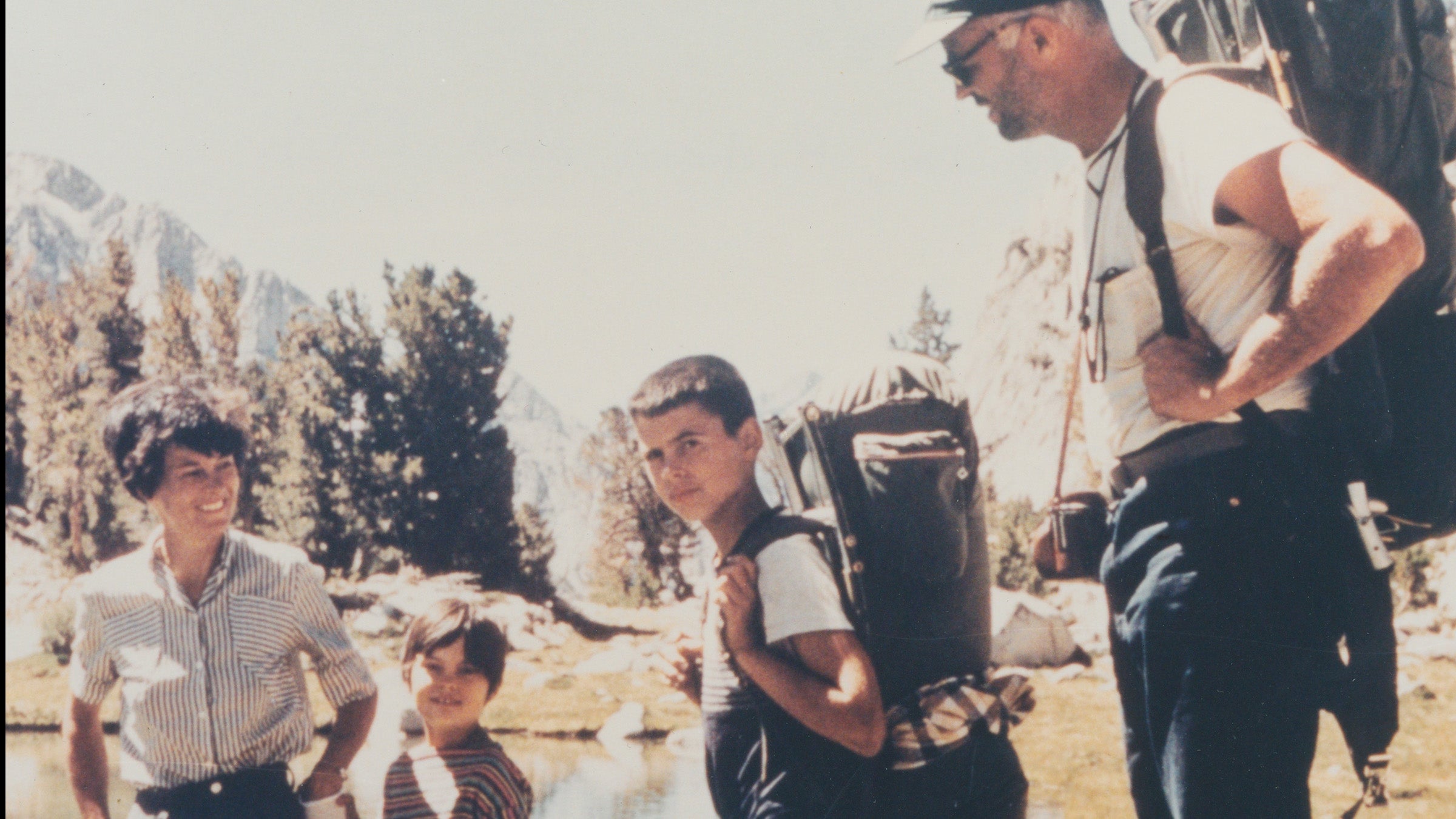Violet ãNenaã Kelty was born in 1922. It was the end of World War I. Something called ãjazzã was playing its first few notes. Americans debated whether to teach Charles Darwinãs theory of natural selection in schools. Over the next century, Nena, along with her husband helped shape a revolution in backpacking gear and had a pretty wild ride along the way. We sat down with Nena Kelty to look back at biggest moments of her life.
As told to Kelly Bastone
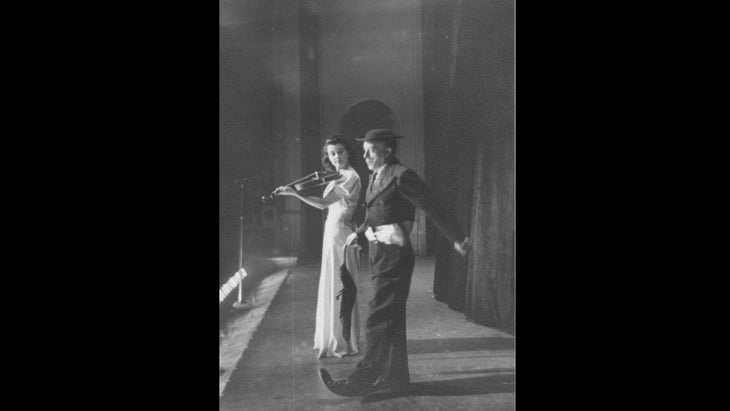
I knew nothing about backpacking [as a child.] I was born in England, and not a lot of people were doing that kind of hiking there. But I was very athletic, and . England had so many outdoor swimming pools. When I was 16, I saw that a water show wanted girl dancers who could swim well. And I thought, thatãs me! Without telling anybody, I went into London from Wimbledon, where we lived, for the audition. We performed at outdoor swimming pools, and whenever they had a little pause in the show or an interlude, Iãd do a solo dance for distraction.
During [World War II], dad said, Iãm going to form an act. I was 16. My brother was 15. I could dance and play the piano. Uncle could play the guitar. He figured out a 15-minute act with my brother and me. We worked continuously through the war, with ENSOãthe Entertainment National Services Organization. Until one month, when Germany was getting very close to where we were on the border with Belgium, we tried to get across the [English] Channel but couldnãt because everyone was too busy getting ready for Germany. We found a fisherman and got in his boat.
During the war, Dick was stationed in Blackpool, which had a huge theater with a cinema, restaurant, ballroomãeverything under one roof. We had a [performing] contract there, and my parents had rented a house. Dick was the liaison between the Lockheed [Martin] base in Ireland and Wharton RAF base in Blackpool. I was sharing a dressing room with three girl dancers, and to get out of their way, I would and a cup of tea. One night an American asked me if I could do him a favor. He said, ãI met this very nice girl in the show named Margot. Could you take a note to her?ã I said sure. Thatãs how I met Dick.
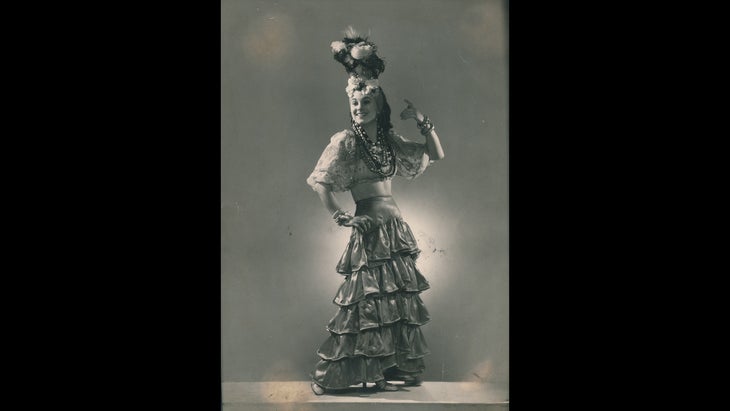
We got to know each other, and one day, he asked me out for a rum cokeãhat was the new drink. He was good-looking and very friendly. He came [to the show] one night and I got on the stage and there he is in the front row! We stayed in touch by writing letters.
After the war, and after working for Lockheed in Ireland, he moved back to California. We got married [in 1946] and Dick built our house. But he was longing to go up into the Sierra. Dick was an avid backpacker ever since he was a little boy.
He found an old Boy Scout backpack and took it for a hike and was absolutely miserable with the quality of the backpack. A lot of people back then had Boy Scout gear, and it was very uncomfortable. Backpacks actually had wooden frames. But at Lockheed, he was exposed to lightweight materials, such as aluminum and nylon, which were new. I had a sewing machine. So both of us, in our spare time, set about making a backpack.
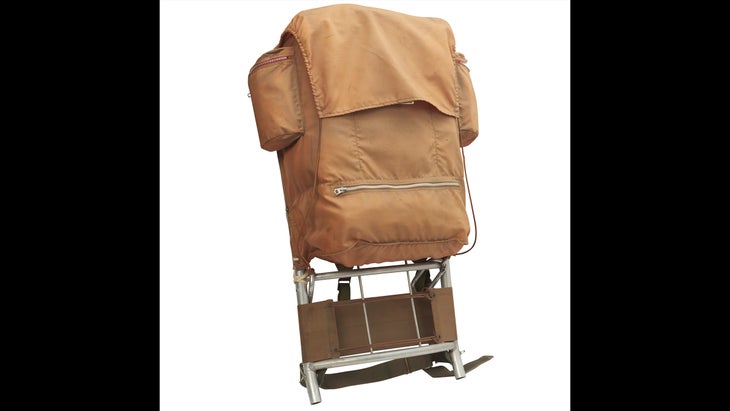
Dick was a very good designer. Everything we saw, heãd see how it could be better. He had a good brain for problem-solving. Dick was working as a carpenter, and he was gone all day. But I could see the improvements he was making, and he needed help. I learned to sew in elementary school, so I helped. But I think my encouragement was just as important as anything else.
We learned that you couldnãt just cut nylon with scissors, or it would fray. You had to cut it with a hot knife so it would seal itself. Dick visited factories that made things using nylon fabric, which nobody knew too much about, to find out what the problems were.
We also needed someone to weld aluminum frames. Aluminum is not like other metals; it takes a special technique. Dick knew a man who worked for Lockheed and he would come and weld the frames in the garage.
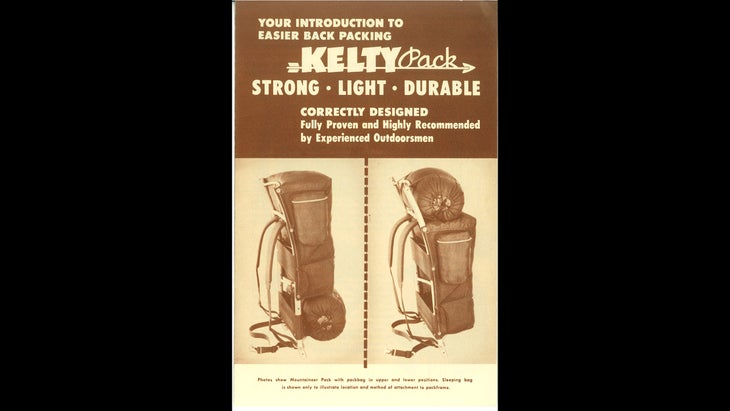
Finally, we had made a model in each size, Small, Medium and Large. One day, I got a call from a doctor in Pasadena who had read an article that the Sierra Club had written about our packs. He came and bought all three, and when Dick got home and found out that I had sold our whole inventory, there was shock on his face. He was in awe that somebody liked these packs.
It was a very personal business. Some of [our customers] came to our house to try the packs on. Dickãs old school friends were into backpacking too, and they were more than eager to wear his packs and tell him what they didnãt like. Thatãs how we changed the weight from the shoulders to the waist: [One of Dickãs friends] wore our pack and said, ãMy shoulders were killing me until I stuck the pack [frame ends] into my back pocket and I didnãt feel the weight. It was a miracle!ã Dick thought, we could put a belt on the backpack.
I had three children at that time, so I wasnãt able to go backpacking at first. But later I went with Dick. I was always athletic, and I enjoyed it. Around that same time, food became easier to take on a backpacking trip: Suddenly there was dried food that had not been available before.
Soon we needed more than one person at the sewing machine. We moved into a proper factory, on Victory Boulevard in Glendale. Dick no longer needed me, because all I was doing was sewing. Thatãs when I started to step away from the business, and it just got bigger and bigger.
I donãt know how the word got out. Dick never wanted to advertise, but the Sierra Club really liked our packs and wrote glowing articles. Movie stars were wearing our packs, and firemen.
Dick did not enjoy the constant responsibility of everything. He knew that he didnãt want to be a big businessman. He really was a very good designer; he had that eye that knew what an item needed. But he was no Henry Ford. [Kelty sold the business in 1972. Today, Dick and Nena both have Kelty backpacks named after them.]
Backpacking was a very central part of our lives. Richard [Kelty, the coupleãs oldest child] loves to go. And we all go every September, and spend a few days together as a family, in memory of their dad [Dick died in 2004]. His ashes were scattered outside of Yosemite. Many of our equipment testers hiked the Pacific Crest Trail, and they were so grateful to Dick for making this pack, because there wasnãt anything like it on the market.


